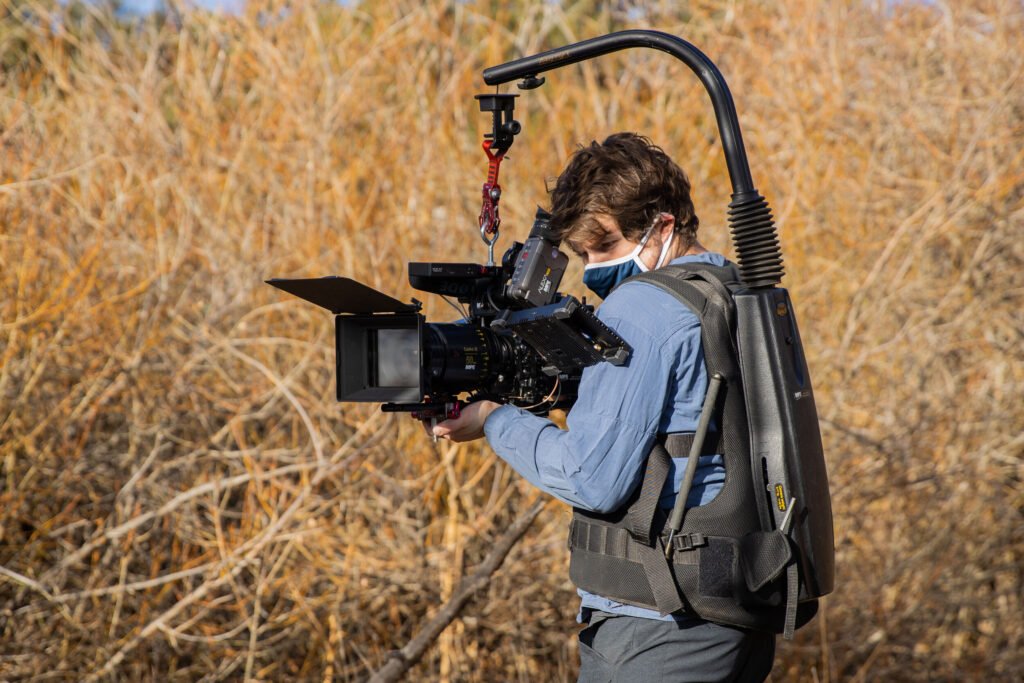How to Achieve High-Quality Video Production. High-quality video production is essential for creating engaging content that captures and retains viewer attention. Whether you are a content creator, marketer, or filmmaker, understanding the key elements of video production is crucial. This guide explores the fundamental aspects of achieving high-quality video production, from planning and filming to post-production.
Plan Your Video Production
Effective planning is the foundation of high-quality video production:
- Script and Storyboard: Write a clear script and create a storyboard to outline your shots. This helps in visualizing the flow and ensures consistency.
- Budget and Resources: Determine your budget and resources early on. Allocate funds for equipment, talent, locations, and post-production.
- Location and Permits: Choose appropriate locations for your video. Obtain any necessary permits and plan for logistics, such as travel and equipment setup.
A well-organized plan sets the stage for a smooth production process and minimizes unforeseen issues.

Invest in Quality Equipment
The right equipment greatly impacts the quality of your video:
- Camera: Choose a camera that suits your project’s needs. DSLRs, mirrorless cameras, and professional cinema cameras offer varying levels of quality.
- Lenses: Invest in quality lenses to achieve sharpness and depth. Different lenses serve various purposes, from wide-angle to telephoto.
- Audio Equipment: High-quality audio is as important as the video itself. Use external microphones, such as shotgun or lavalier mics, for clear sound.
- Lighting Gear: Proper lighting equipment, like LED panels, softboxes, and reflectors, enhances the visual quality. Lighting sets the mood and ensures clarity.
Investing in quality equipment ensures you capture high-resolution, sharp, and clear footage.
Master the Art of Lighting
Lighting is key to achieving high-quality video:
- Three-Point Lighting: Use the classic three-point lighting setup, including key, fill, and backlights. This method creates depth and eliminates harsh shadows.
- Natural Lighting: Utilize natural light for a soft and realistic look. Position your subjects to take advantage of sunlight during the golden hour.
- Diffusion and Reflectors: Diffuse harsh lights with softboxes or diffusion sheets. Use reflectors to bounce light and fill in shadows.
Proper lighting techniques create a professional look and elevate the overall quality of your videos.
Focus on Composition and Framing
Good composition and framing improve the visual appeal:
- Rule of Thirds: Divide your frame into thirds and place key elements along the gridlines. This technique creates balanced and engaging shots.
- Leading Lines: Use leading lines to guide the viewer’s eye toward the subject. Lines in the environment, such as roads or fences, work well.
- Framing and Angles: Experiment with different angles and framing. Low and high angles can add drama, while over-the-shoulder shots create intimacy.
Thoughtful composition makes your footage more visually compelling and keeps viewers engaged.
Capture High-Quality Audio
Clear and crisp audio enhances viewer experience:
- Use External Microphones: Built-in camera mics often produce low-quality audio. Use external mics for better sound capture.
- Monitor Audio Levels: Continuously monitor audio levels to avoid distortion. Ensure levels are not too high or too low during recording.
- Reduce Background Noise: Record in a quiet environment or use directional microphones. Minimize background noise for cleaner sound.
High-quality audio makes a significant difference in overall production value.
Leverage Post-Production Tools
Post-production is where your video comes to life:
- Editing Software: Use professional editing software like Adobe Premiere Pro, Final Cut Pro, or DaVinci Resolve. These programs offer advanced editing, color grading, and effects.
- Color Correction and Grading: Adjust colors to ensure consistency and mood. Color grading can enhance the emotional tone and make your video stand out.
- Sound Design and Mixing: Incorporate sound effects, music, and voiceovers. Ensure sound levels are balanced and complement the visuals.
Post-production is essential for refining your footage and adding the final touches to create a polished video.
Optimize Video for Different Platforms
Each platform has unique requirements and audience expectations:
- Resolution and Aspect Ratio: Optimize videos for the platform’s preferred resolution and aspect ratio. For example, 16:9 for YouTube and 9:16 for Instagram Stories.
- File Format and Size: Compress videos without losing quality to ensure quick loading times. Choose appropriate file formats like MP4 for universal compatibility.
- Thumbnails and Titles: Create compelling thumbnails and titles to attract viewers. Thumbnails should be clear and visually appealing.
Optimizing your video for different platforms ensures maximum reach and engagement.
Review and Feedback
Continuous improvement is vital for high-quality video production:
- Review Footage: Carefully review all footage and edits. Look for inconsistencies, technical issues, or areas for improvement.
- Seek Feedback: Share rough cuts with colleagues, clients, or a test audience. Constructive feedback helps refine the final product.
- Revisions and Updates: Make necessary revisions based on feedback. Small changes can significantly improve the overall quality.
Regular reviews and feedback loops ensure your final video meets high standards.
Conclusion
Achieving high-quality video production involves careful planning, investing in quality equipment, mastering lighting and composition, capturing clear audio, and leveraging post-production tools. By focusing on each stage of production and optimizing for different platforms, you can create visually appealing and engaging content. Continuous improvement and attention to detail are key to producing high-quality videos that captivate your audience.










